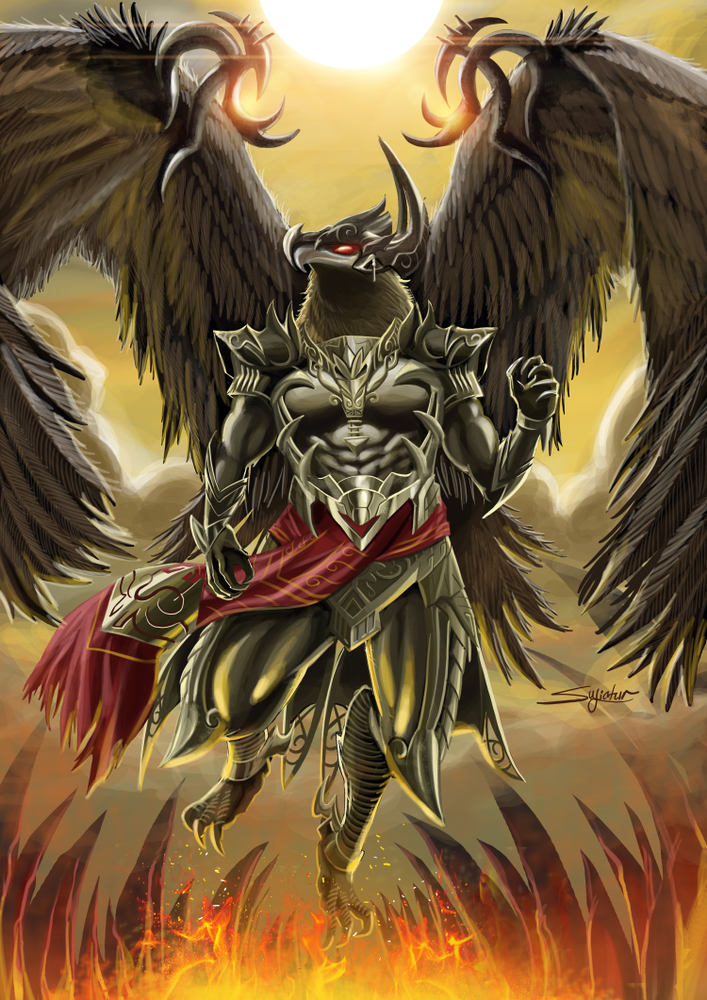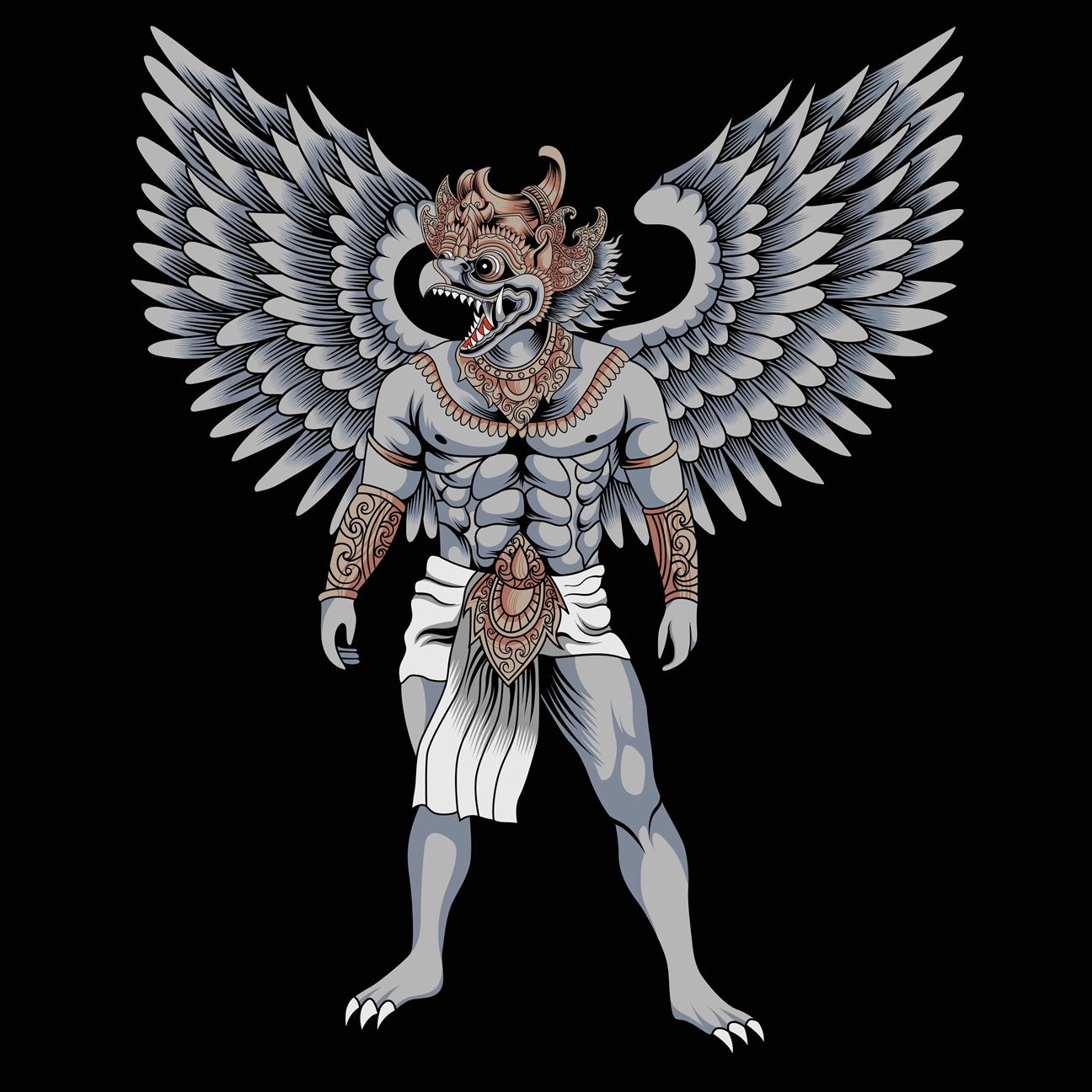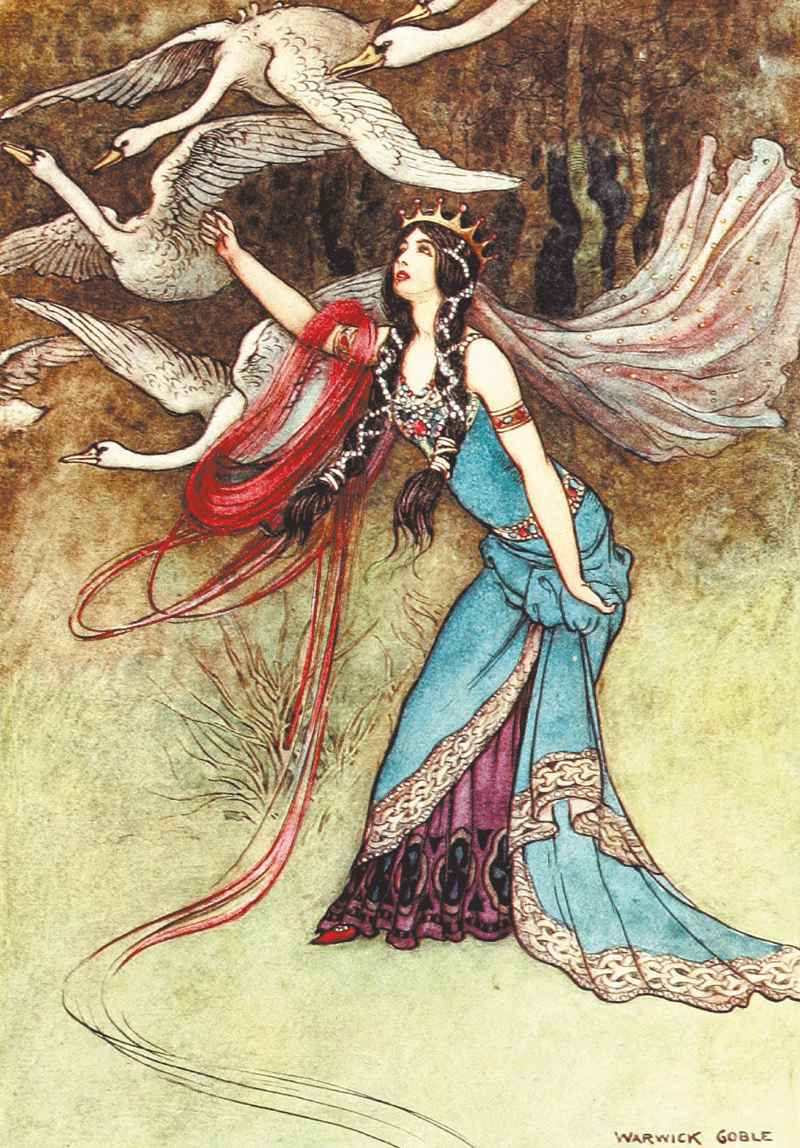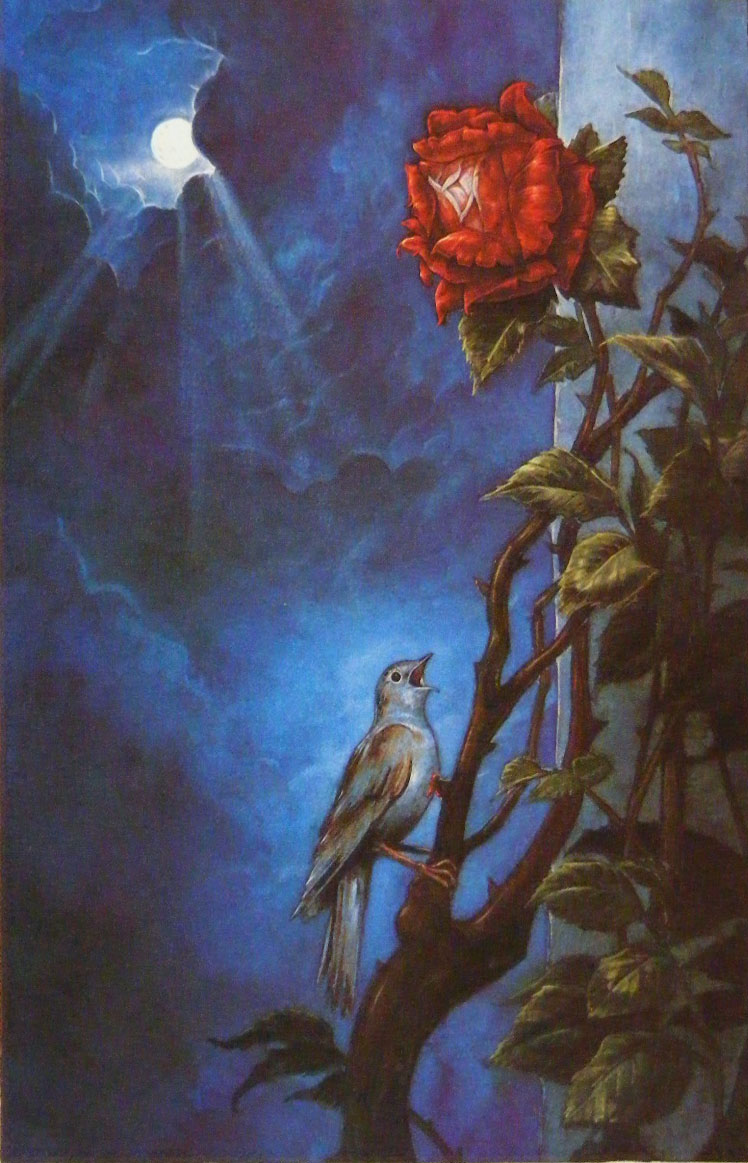Birds have played a significant role in mythology and folklore, symbolising power, wisdom, and divinity.
Birds have played a significant role in mythology and folklore, symbolising power, wisdom, and divinity. From the mighty Garuda, the mount of Lord Vishnu, to the mischievous Jatayu, the bird that tried to save Sita in the Hindu epic Ramayana, birds have captured the imagination of people all over the world for centuries.
Garuda, also known as Suparna, is depicted as a magnificent bird with golden wings and a powerful beak. He is considered the king of birds and revered as the Hindu gods' protector. Garuda is also considered a symbol of strength and bravery and is said to have the power to defeat even the most powerful demons.

Another bird that holds a special place in Hindu mythology is Jatayu. This bird is famous for its bravery and selflessness, as it tried to save Sita from the clutches of the demon king Ravana. Jatayu is often depicted as a large bird with a golden beak and feathers and is considered a symbol of courage and sacrifice.

In folklore, birds also play a significant role in shaping the lives of people. For example, the story of the “Six Swans” by the Brothers Grimm in Grimm's Fairy Tales tells the tale of a prince who is transformed into a swan and must prove his innocence to regain his human form.

The story goes like this: once upon a time, there was a prince who had six younger brothers. One day, an evil sorceress cast a spell on the prince, turning him and his brothers into swans. The only way to break the spell was for the prince's wife to sew shirts made of nettles for each of her husband's brothers while remaining silent for six years. If she spoke even a single word, the spell would remain unbroken. The prince's wife sets out on her quest, facing many challenges along the way, but she remains silent and completes the task. In the sixth year, the spell is finally broken, and the prince and his brothers are transformed back into their human form. The story of the "Six Swans" is a tale of love, sacrifice, and perseverance. It teaches the lesson that even the most difficult of tasks can be accomplished with determination and a steadfast heart. The story continues to be popular in India and is passed down from generation to generation, reminding people of the importance of love, loyalty, and perseverance.

Similarly, “Nightingale and the Rose” by Oscar Wilde is a story that teaches the lesson of true love and sacrifice. The story goes like this: a young student falls in love with a professor's daughter and wants to give her a red rose as a token of his love. However, the student realizes that all the roses in the garden have withered and there are no more red roses available. The nightingale, who has been listening to the student's lament, offers to help by singing a beautiful song to a rose tree in the hope that it will bloom a red rose. The nightingale's song is so beautiful that the rose tree blooms a red rose, but as soon as the student picks the rose, he realizes that the nightingale has given its life to create the rose. The student gives the rose to the professor's daughter, but she is unimpressed and throws it away. The student realizes that true love cannot be bought or sold, and that the nightingale's sacrifice was in vain.
Birds are also considered omens and symbols of good luck. The sighting of certain birds, such as the peacock or the owl, is believed to bring good fortune, while the sighting of others, such as the crow or the vulture, is considered an ominous sign.
In conclusion, birds have been an integral part of mythology and folklore, symbolizing power, wisdom, bravery, and divinity. From Garuda to Jatayu, from the Six Swans to the Nightingale and the Rose, birds have captured the imagination of people for centuries, and continue to play a significant role in shaping their beliefs and customs.